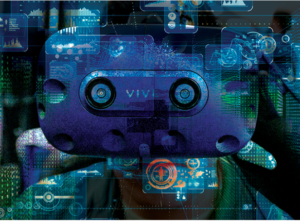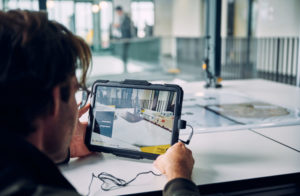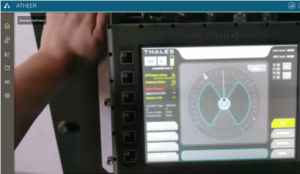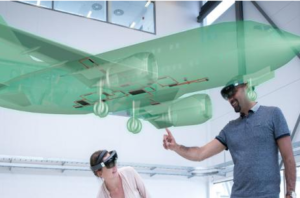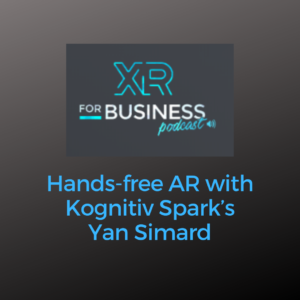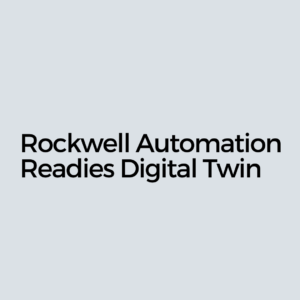Now, it seems we are hitting a technology tipping point in that suppliers of product design, industrial control, cloud, and simulation applications, are uniting to bring their products together. It’s an effort aimed at accelerating their customers’ digital adoption by simplifying technology deployments and delivering measurable results.
As an example, Rockwell Automation recently introduced a Digital Partner Program that extends its reach outside of the automation domain and into new areas of expertise. Last year, Rockwell announced a partnership with PTC. The deal included a $1 billion equity investment from Rockwell and an alignment of products that resulted in the FactoryTalk InnovationSuite, an integration of Rockwell’s analytics and manufacturing operations management (MOM) platforms with PTC’s ThingWorx IoT platform, which includes industrial connectivity from Kepware and Vuforia augmented reality (AR).
This month at Rockwell Automation Fair, the company unveiled another strategic partnership with Ansys, a provider of simulation software, that builds upon the PTC play. That’s because, last year, PTC also announced a partnership with Ansys to provide real-time simulation within PTC’s Creo 3D CAD software as a way to unify modeling and simulation environments.
A digital twin is a virtual model of a physical product or process. In manufacturing, a digital twin can be a dynamic virtual representation of an entire plant, or it can be focused on a single asset, like a machine. By tying together a simulated 3D design with a control architecture, manufactures can avoid spending time and money developing a physical product prototype, and instead can design and test through a virtual model that can improve quality and speed time-to-market—be it for a single machine or the commission of an entire manufacturing line.
And, once a machine or production line is running, manufacturers can use that virtual twin to create and test “what-if” scenarios. By using runtime models generated from the Ansys Twin Builder, users can adapt to the market demands with more agility and minimal risk. This is crucial in the industrial space, where manufacturers need to change line configurations quickly to adjust to consumer buying trends. So, manufacturers can understand an outcome without disrupting physical assets.
“Ansys empowers customers across industries to develop innovative, next-generation products by using simulation throughout the product lifecycle,” said Ansys president and CEO Ajei Gopal. “By combining Rockwell Automation’s extensive expertise and portfolio of industrial solutions with Ansys’ leading-edge simulation solutions, we will make it easier for industrial companies to build, validate and deploy digital twins. Simulation-based digital twins optimize factory operations, saving money by reducing unplanned downtime and enable engineers to test solutions virtually before doing physical repairs.”
And, we can’t forget that PTC—their mutual partner—will factor into the equation, as well.
“The Ansys piece is a case where we’re all saying there’s an unbelievable opportunity for us to all work together,” said Don Busiek, senior vice president of strategic alliances at PTC. “Customers can pick up solutions, buffet style, where they have pain points. But they’re preconfigured solutions. The only way to drive the quick ROI that’s required these days—months instead of years—is to have preconfigured solutions.”
Of course, to prove out the technology, Rockwell plans to use digital twin tools internally to accelerate new product and process development in order to improve quality and reduce testing time across its own organization. “The Ansys technology, developed with customers in mind, is a giant leap forward in the industrial sector,” said Rockwell chairman and CEO Blake Moret.
